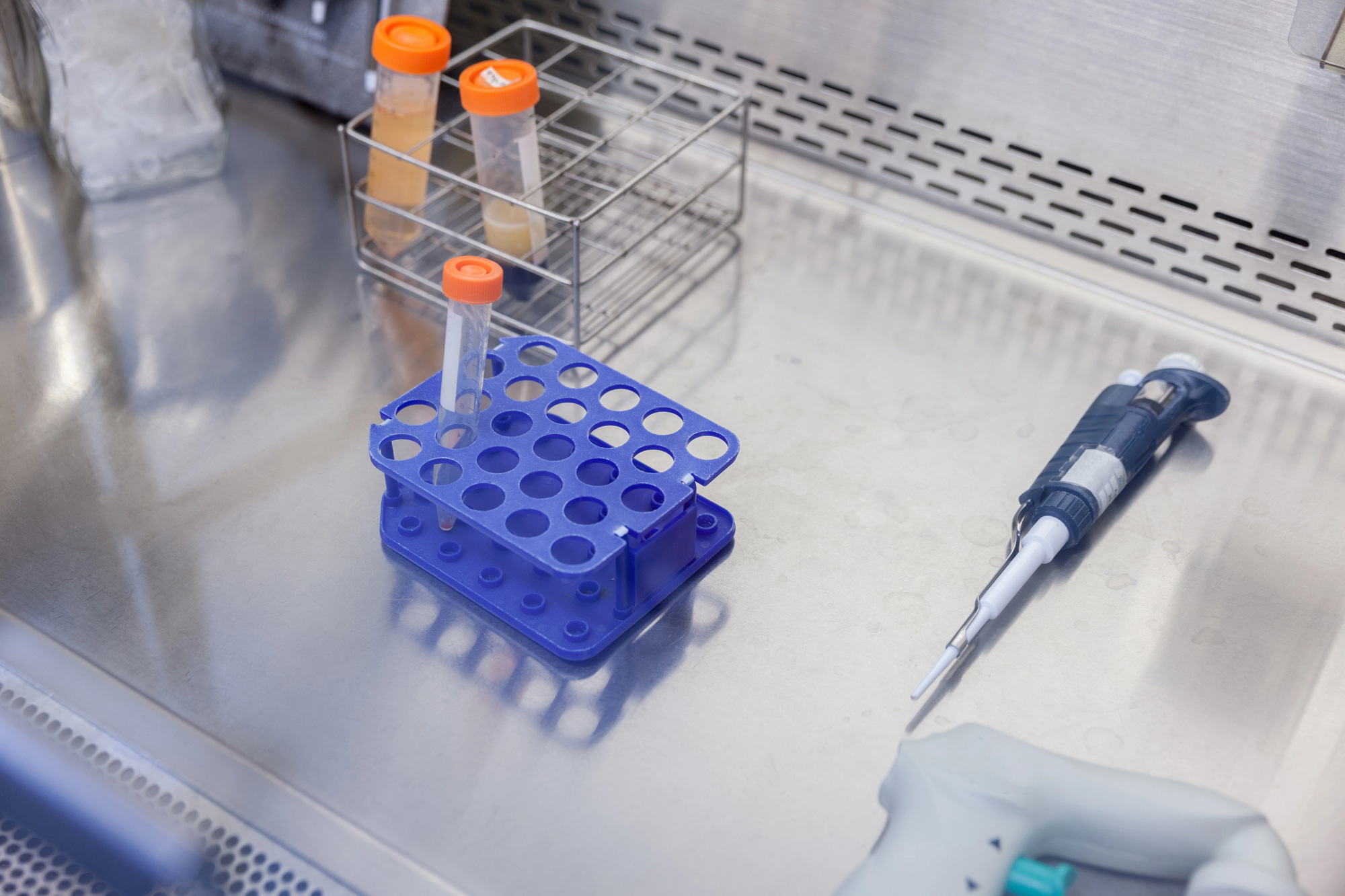Fume Hood Maintenance Tips For Longevity And Safety
Fume Hood Maintenance Tips For Longevity And Safety
A laboratory fume hood is one of the most important pieces of equipment in your lab. It keeps harmful fumes, vapors, and dust away from the workspace, protecting lab workers from exposure to dangerous chemicals.
However, like all lab equipment, regular fume hood maintenance is important so that it works properly. Poorly maintained fume hoods can cause serious safety hazards and may even compromise your research results.

Why Fume Hood Maintenance Matters
Without proper care, fume hoods can wear down over time and lose their effectiveness. A fume hood’s job is to exhaust harmful substances out of the lab. That’s why if it’s not operating properly, it could expose lab workers to hazardous materials.
Regular maintenance makes sure that your fume hood runs at its best. This helps protect both the workers and the environment. If using a ducted or ductless fume hood, good maintenance practices are important to maintain its safety and performance.
Start With Regular Cleaning
Cleaning is one of the easiest ways to maintain a fume hood. However, there’s more to cleaning than just wiping down surfaces.
The first step is making sure you are using the right cleaning products. Using harsh chemicals or abrasive cleaners can damage the fume hood’s surfaces. For this reason, it’s important to choose cleaning agents that are compatible with the materials in the hood.
For example, most fume hood surfaces, like stainless steel, can be cleaned with mild soap and water or ethyl alcohol. Glass sashes can be cleaned with commercial glass cleaner, and epoxy liners and worktops can be wiped down with solvent or mild soap.
Fume hood cleaning should be done regularly to avoid the buildup of hazardous substances, especially after spills or experiments that leave behind residues. Even when no spills occur, you should clean the sash and surrounding surfaces at least once a week to keep the fume hood in good working order. Furthermore, remember to clean the light panel and plumbing fixtures. Make sure to avoid abrasive cleansers on these surfaces, as they can cause corrosion over time.
Inspect the Filters
Fume hoods, especially ductless models, often rely on filters to trap contaminants and prevent them from circulating back into the lab. Regularly checking the filters is a key part of fume hood maintenance.
These filters need to be replaced periodically to keep your fume hood running efficiently. If the filters become clogged, they can’t do their job effectively. This could lead to the release of harmful substances back into the air.
For ducted fume hoods, the ductwork should also be checked to make sure there are no blockages or leaks. It’s a good idea to inspect the system at least twice a year to make sure that air is being properly exhausted out of the lab. This helps avoid situations where dangerous fumes could build up inside the workspace.
Check the Airflow
Airflow is a key factor in the effectiveness of a fume hood. A malfunctioning fan or a blocked duct can disrupt airflow. This makes it harder for the hood to remove hazardous materials from the lab.
Regular airflow checks help identify potential issues before they become serious. The airflow should be measured at various points within the hood to make sure it is drawing the correct amount of air. If the airflow appears low or uneven, it's important to check the system.
For fume hoods with a variable air volume (VAV) system, maintaining consistent airflow throughout the entire range of operation is crucial. If the airflow drops below the recommended level, it may put workers at risk. Conversely, if the airflow is too high, it could lead to unnecessary energy consumption.
Test for Leaks
Leaks in the fume hood system can be dangerous as they allow hazardous fumes to escape into the lab. Regular leak tests are important to make sure the hood’s exhaust system is sealed properly.
Over time, the seals around the sash or exhaust system can deteriorate, allowing air to escape. A quick test can help detect leaks, allowing you to address them before they become a risk.
If any leaks are found, they should be sealed right away. If the leaks are coming from the exhaust system, it may be necessary to inspect the ducts or replace worn seals. Failing to repair leaks can lead to serious safety concerns, as the fume hood will no longer effectively remove contaminants.
Maintain the Sash and Hinges
The sash is the front part of the fume hood that opens and closes, and it plays a big role in regulating airflow. It’s important to make sure that the sash is in good working order and opens and closes smoothly.
The sash can become misaligned, or the hinges may wear out. This will impact the fume hood’s operation. Regular checks should be made to confirm that the sash is properly aligned and that the hinges are secure and undamaged.
In addition to checking the sash, make sure it’s being used correctly. Many fume hoods have a recommended sash height for optimal airflow. If the sash is left open too wide or left closed for too long, it could affect the performance of the hood.
Keep the Work Surface Clean and Protected
The work surface inside the fume hood can get messy with spills, stains, or residues left over from experiments. Regular cleaning of the work surface will help maintain the hood’s functionality and avoid any buildup of harmful materials.
For instance, applying a wax coating to surfaces like wood or plastic can help protect them from spills. However, it’s important to reapply a new layer after significant spills to maintain protection.
If your fume hood has a chemical-resistant coating on the work surface, make sure it stays intact. Any signs of wear can make the work area more susceptible to damage from solvents or chemicals.

Call in the Experts for Annual Maintenance
While you can handle most fume hood maintenance tasks on your own, it’s a good idea to have an expert check the hood annually. A professional technician can perform in-depth tests to verify that the airflow is correct, the filters are working, and there are no issues with the exhaust system.
If you’re unsure about any part of your fume hood’s maintenance, it’s always a good idea to reach out to the professionals to make sure everything is up to code.
At PSA Laboratory Furniture, we specialize in creating high-quality laboratory furniture and fume hoods. Our dedicated project managers will help you throughout the process to guarantee a smooth and efficient buying experience. Our team will also assist in any non-mechanical installation of equipment.
To upgrade your lab equipment today, get in touch with PSA Laboratory Furniture for a quote.